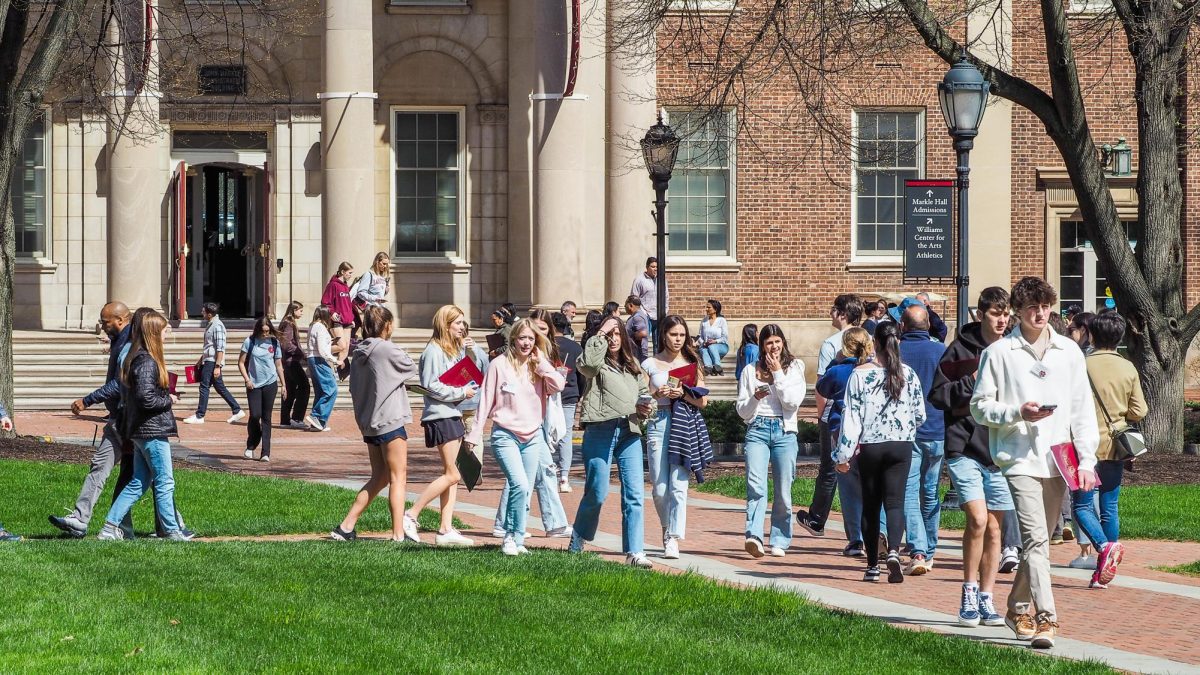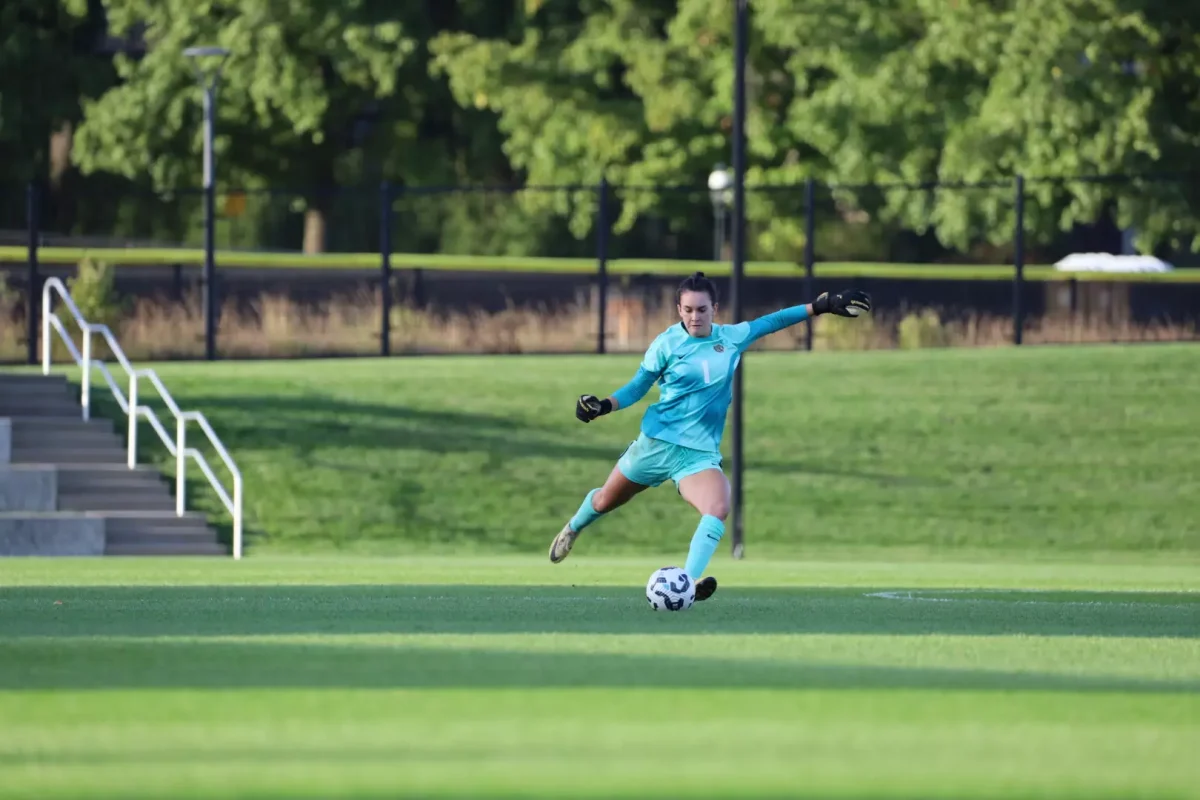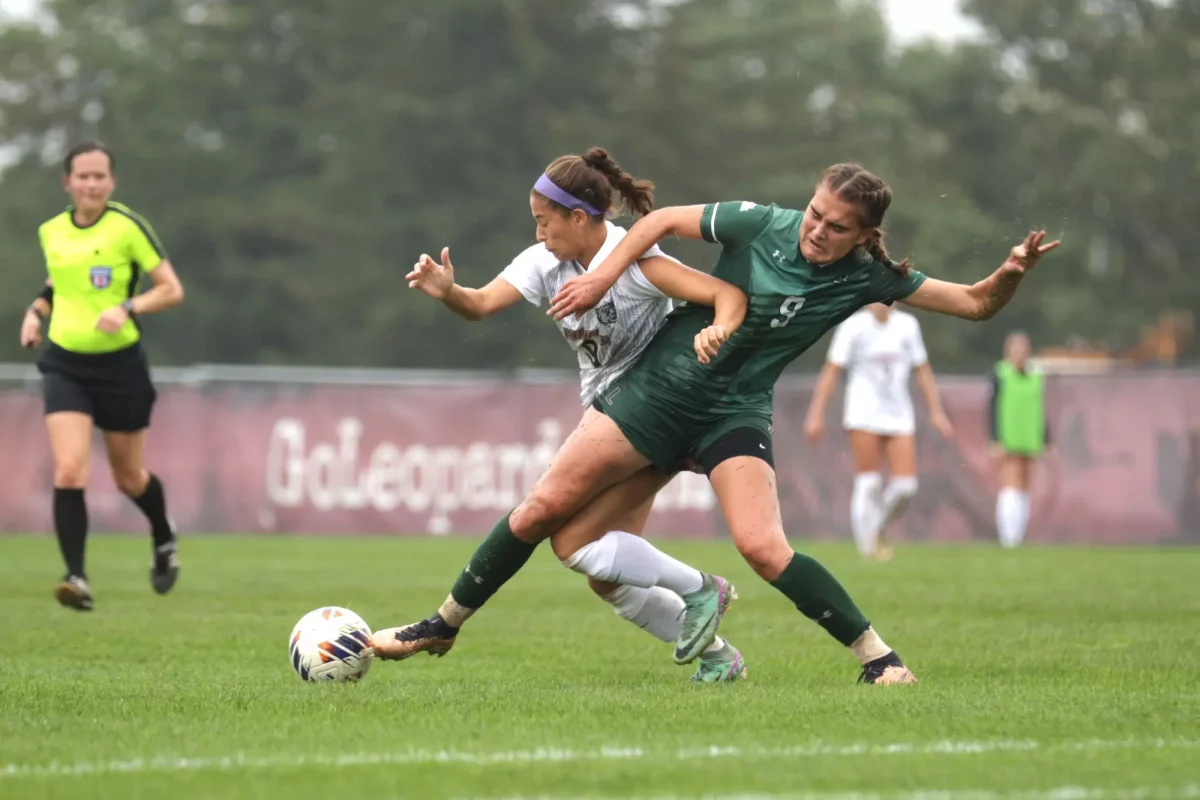Every person has a story and, in Van Wickle Hall, so does every rock.
Constructed in 1900, Van Wickle first served as the college’s library. Over half a century later in 1963, after the construction of Skillman Library, the building became home to the college’s geology department.
Despite the character instilled in the building by its turn-of-the-century architectural mainstays, which include arches with gargoyles, stained glass windows and oak paneling, Van Wickle still retains “the capabilities to do pretty much anything we want with a department of our size,” according to Lawrence Malinconico, associate professor of geology.
“It’s a cool building,” David Sunderlin, associate professor of geology and department head, said of the physical structure. But while the building’s own origins and characteristics are interesting, if you asked anyone who frequents its halls, they would agree that the origins and stories of the rocks within are more fascinating.
“Within arm’s reach of me, as I sit here in my office, there are objects that are from half a billion years ago, objects from the oceans and landscape now, [and] objects from outer space,” Sunderlin said.
Minerals and fossils from all corners of the world, some up to 1.4 billion years old, are among the department’s “hundreds of thousands” of individual specimens, John Wilson, geology laboratory coordinator, said.
“I’ve never counted them all,” Wilson joked, “I’ve just moved them all.”
“We are one of the few schools that are maintaining our collections of minerals … [and the department has] a collections curator which helps us change the displays out every now and then,” Malinconico said.
This is valuable for students, as new displays relevant to course concepts can easily be organized,” Malinconico added.
Even if students or the public just walk past, rather than through, the building, they will still enjoy an outdoor exhibit in the form of a rock garden, organized from the “oldest to youngest [rocks] in Eastern Pennsylvania,” Malinconico said.
According to Malinconico, the specimens that make up the rock garden outside the building give students a sense of what the different rock types look like before they venture into the field for hands-on study.
Wilson explained that, on these big specimens, “you see the features that we as geologists go out and look for in a rock … what is the rock made up of? Are there any fossils in the rock? Are there any other features in the rock, like faults, that might tell us a story about what happened to the rock? We’re always looking for little clues to build a bigger story.”
The professors still believe it is more than worth venturing inside the building: in Van Wickle’s main hallway is Wilson’s favorite display. Rather than big specimens individually separated, here, smaller rocks are stacked on top of one another in the form of a cross-section — a representation used to show geologic features that are otherwise hidden underground — of local geology.
“Each rock is also placed in its appropriate position … it’s oriented in the fashion you would find it out in the world,” Wilson said of the cross-section.
Regardless of whether the rock is “sparkly or shiny or purple,” Sunderlin believes that each “deserve[s] almost an equal amount of attention.”
“This is probably one of the most prized things,” Sunderlin said of an unassuming, gray rock near the back of a classroom. “It’s definitely not something that would be on the eye of anybody walking in here, but it’s got the story.”
“I found this in a conglomerate in the Talkeetna Mountains [in Alaska],” Sunderlin explained. “It is a conglomerate piece that itself is a conglomerate. And when you think about the word conglomerate and this mixture of individual stories … this is like bringing a community with its own individual stories into another community and having it become part of something else, which is really cool and philosophically up my alley.”
On behalf of the geology department, Malinconico invites any Lafayette students, faculty or staff to visit. Van Wickle’s exhibits can be enjoyed during regular business hours, Monday through Friday.
























































































































